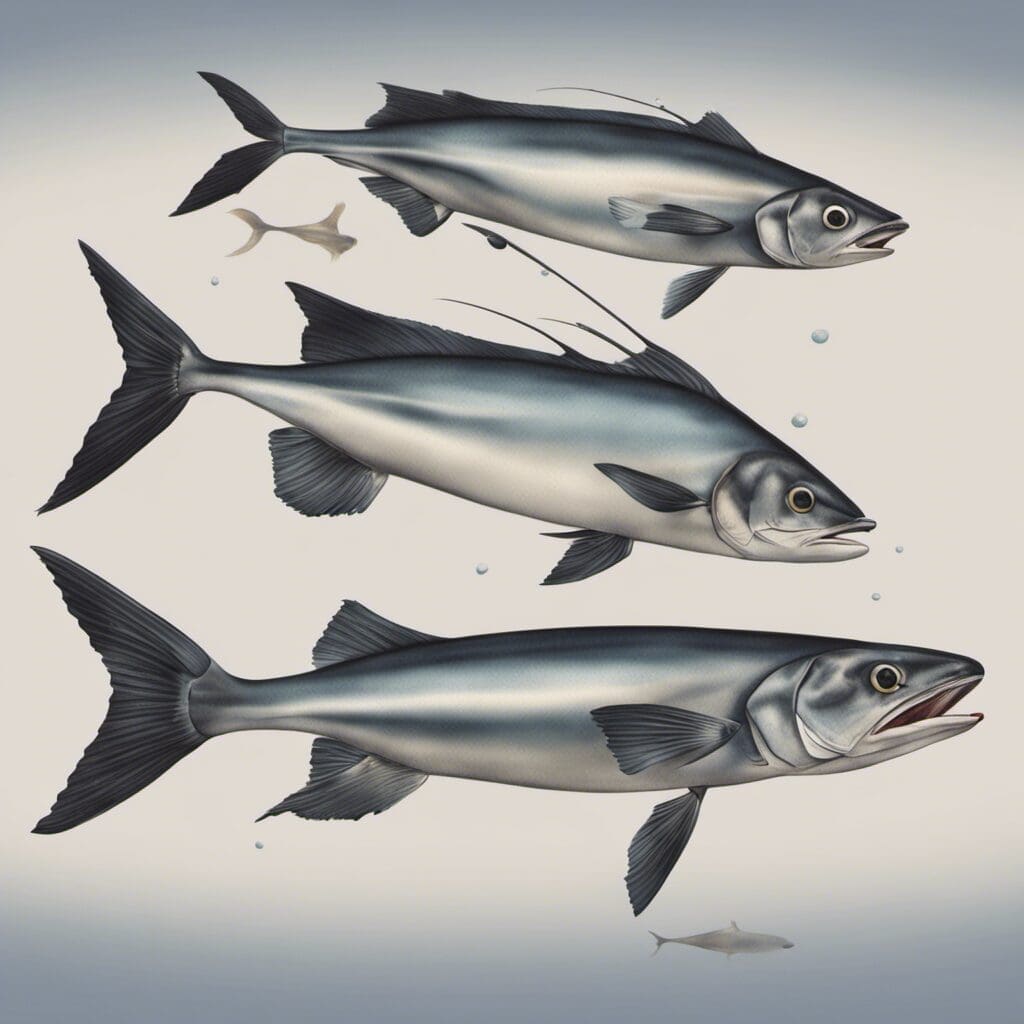Introduction
The Pelagic Thresher, scientific name Alopias pelagicus, is a fascinating species belonging to the family Alopiidae.
Conservation Status
The International Union for Conservation of Nature (IUCN) has classified the Pelagic Thresher as vulnerable. Various conservation organizations are undertaking efforts to reduce the threats for this species which include overfishing and by-catch.
Statistics
| Statistic | Average | Range |
|---|---|---|
| Length | 3 meters | 1.5-3.5 meters |
| Weight | 70 kg | 50-100 kg |
| Lifespan | 20 years | N/A |
Distribution
The Pelagic Thresher is distributed throughout the Indo-Pacific region, particularly in the waters around Taiwan, Philippines and Indonesia. Its migratory patterns are not well-documented.
Habitats
This species prefers open ocean or pelagic waters, and can be found at depths ranging from surface waters to 150 meters. The preferred water temperature for this species is between 20-30°C.
When and Where to See
The Pelagic Thresher can be mostly seen during the summer months, especially in the early morning or late afternoon.
Best Fishing Locations and General Tips
Top Locations
- Malapascua Island, Philippines
- Similan Islands, Thailand
- Socorro Island, Mexico
- Red Sea, Egypt
- Gordon Rocks, Galapagos
General Tips
It’s not always easy to find the Pelagic Thresher, but a good starting point could be off continental shelves, seamounts and oceanic islands where there are plenty of smaller fishes to feed on.
How to Catch
Live baits like mackerel, squid or sardines are preferred by Pelagic Threshers. Recreational anglers can use methods like trolling or drifting to catch this species.
Identification Guide
The Pelagic Thresher can be identified by its unique long, whip-like tail which can be as long as its body. It has a dark blue color above and white below.
Culinary
The meat of the Pelagic Thresher is highly prized and considered excellent table fare. It’s typically grilled or made into sushi or sashimi for its mild and somewhat sweet taste.
Additional Information
The Pelagic Thresher employs a unique ‘tail-slapping’ method to stun its prey. It faces threats mainly from overfishing and by-catch events. It has no significant folkloric or historical importance that is recorded.
References and Further Reading
For more extensive information on Pelagic Threshers, the following resources and reading materials are recommended:

